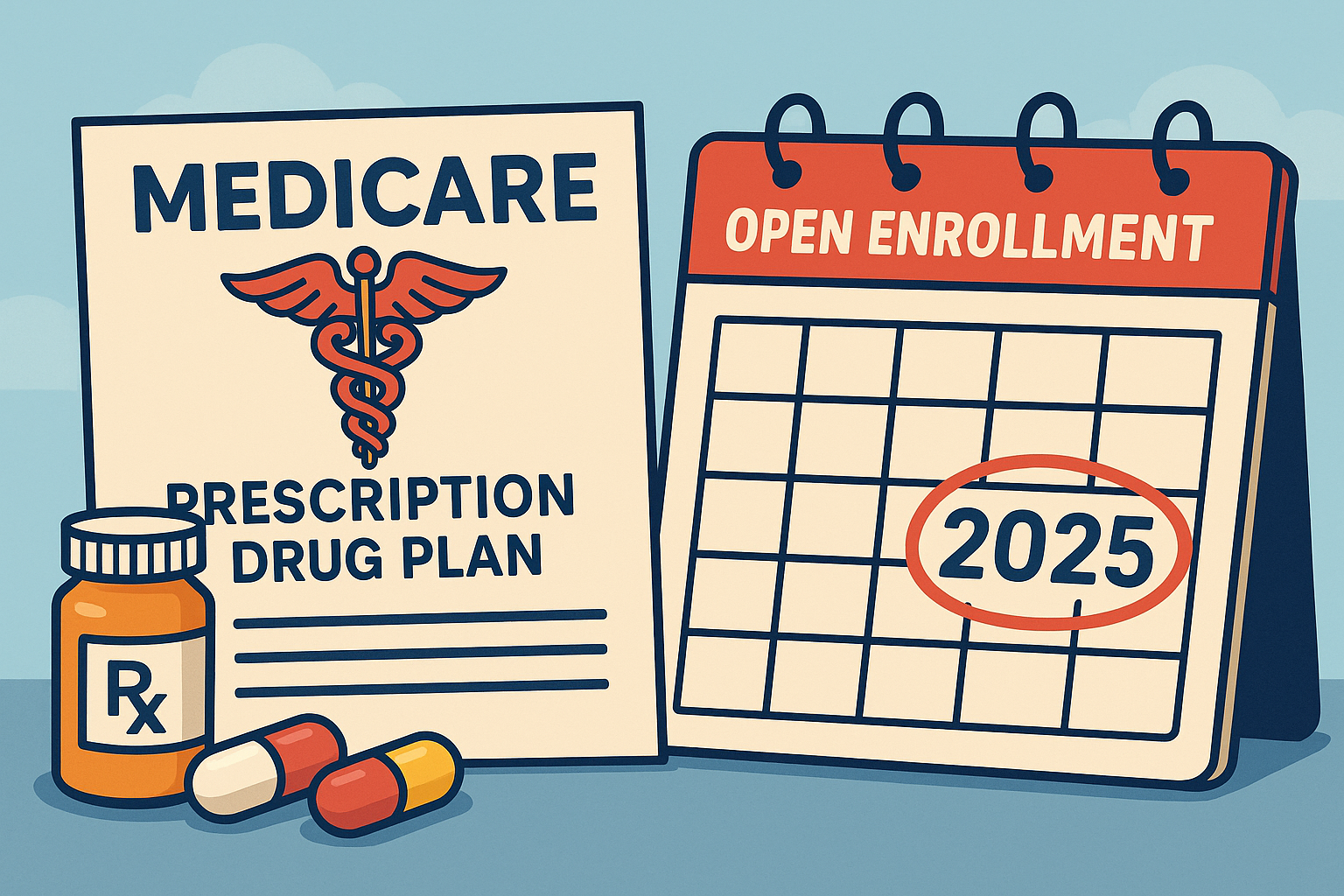For years, HSAs were limited to only a narrow set of “HSA-eligible” high-deductible plans. That left many people on Bronze plans or Catastrophic plans unable to take advantage of the tremendous tax benefits HSAs provide.
Starting in 2026, the rules change — and for the better.
With the passage of the recent OBBB, you can now fund an H S A when insure dunder most Bronze and Catastrophic plans. This creates a powerful planning opportunity for individuals, families, and employers.
Why This Matters
If you can pair your medical plan with an HSA, you unlock three big tax advantages:
- Pre-tax contributions
- Tax-free growth
- Tax-free withdrawals for qualified medical expenses
Plus:
- Unused balances roll over every year
- You can invest the money
- HSAs effectively become another retirement-planning vehicle
And now that many Bronze and Catastrophic plans qualify, far more people have access to an HSA
Whats an H S A and Why Does it Make Sense
Straight from the official source:
- Insurance plans labeled “Eligible for an HSA” will include Bronze and Catastrophic options beginning in 2026.
- Any plan paired with an HSA must still meet the IRS definition of a High-Deductible Health Plan (HDHP).
- Once you enroll in an HSA-eligible plan, you can open an HSA at a bank, credit union, or any institution that offers them.
- You can use your HSA dollars for:
- Deductibles
- Coinsurance
- Copays
- Dental & vision expenses
- And over-the-counter items
Source: HealthCare.gov – HSA Options
https://www.healthcare.gov/hsa-options/
2026 HSA Contribution Limits
Here are the newly adjusted IRS limits for 2026:
- $4,400 — Individual coverage
- $8,750 — Family coverage
- +$1,000 catch-up if age 55+
(These amounts can be fully contributed even if the employer contributes a portion.)
Who’s Eligible to Use an HSA
You can contribute to an HSA if:
- You’re covered by an HSA-eligible HDHP
- You’re not enrolled in Medicare
- You’re not claimed as someone else’s dependent
- You don’t have disqualifying additional coverage
Bronze and Catastrophic plans in 2026 are expected to qualify, provided they meet the HDHP deductible & out-of-pocket requirements.
Why This Is a Big Opportunity
For individuals and families:
- Lower premiums of Bronze plans + tax-free savings = more flexibility
- You can build a long-term medical safety fund
- You keep the money forever — it’s yours, not the insurance company’s
For employers:
- Offers a lower-cost medical option without reducing benefits
- HSAs add a tax-efficient savings/retirement tool for employees
- Great way to enhance your benefits strategy without increasing premiums
Action Steps for 2026
Whether you’re an individual chooser or a business owner planning your benefits package, here’s what to do next:
- Confirm your 2026 plan meets HDHP rules.
- Open (or reopen) your HSA through a bank or financial institution.
- Determine your contribution strategy for 2026 — monthly or lump sum.
- Consider funding to the max ($4,400 / $8,750).
- Educate employees if you’re an employer — most people still don’t understand how powerful HSAs really are.
The Bottom Line
The 2026 changes open the door for far more Americans to use an HSA — even those selecting lower-cost Bronze or Catastrophic plans. With the ability to contribute up to $8,750 (family) tax-free, this is one of the smartest financial tools available today.
If you want help reviewing your plan, determining eligibility, or planning your benefits strategy for next year, call our team at CorpStrat.



